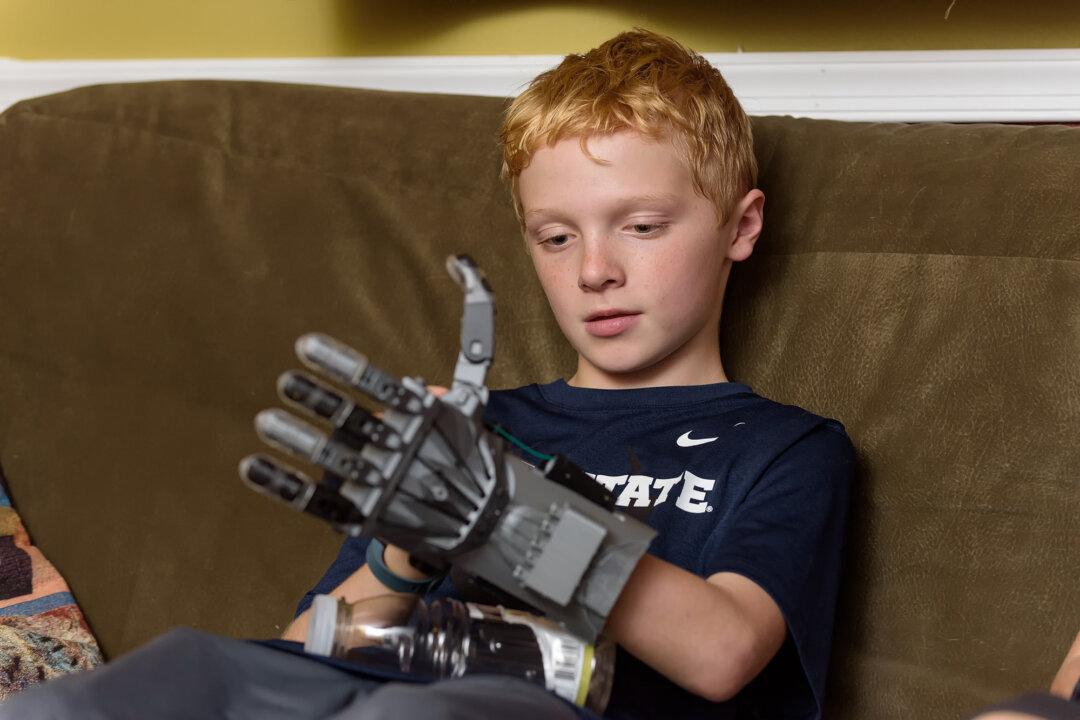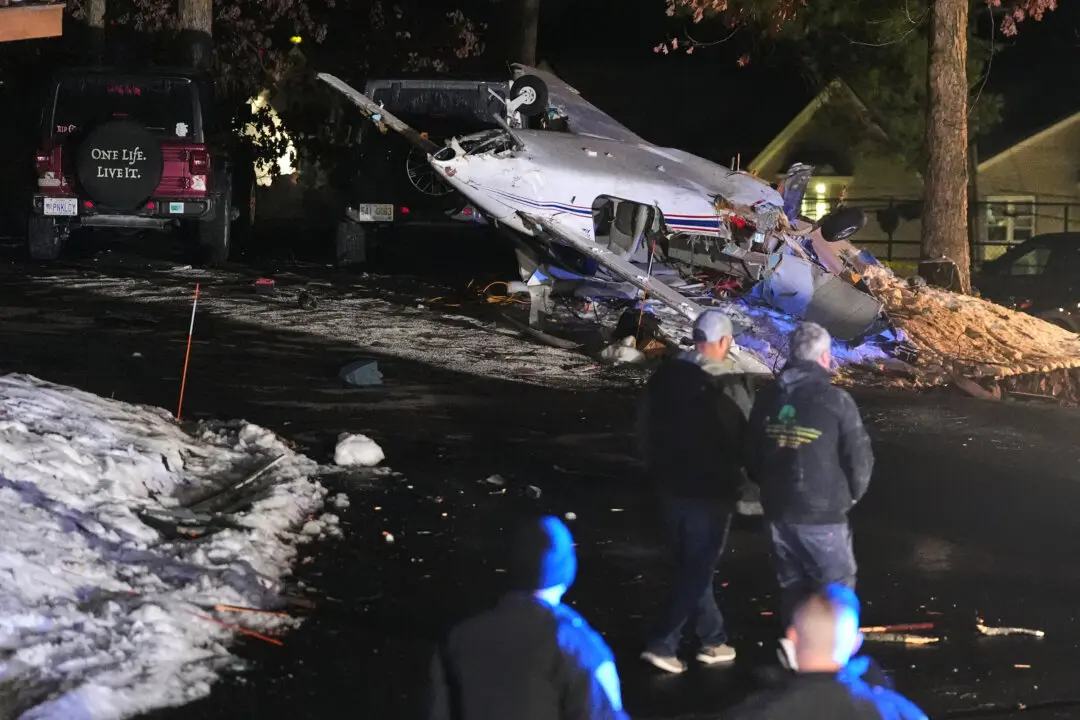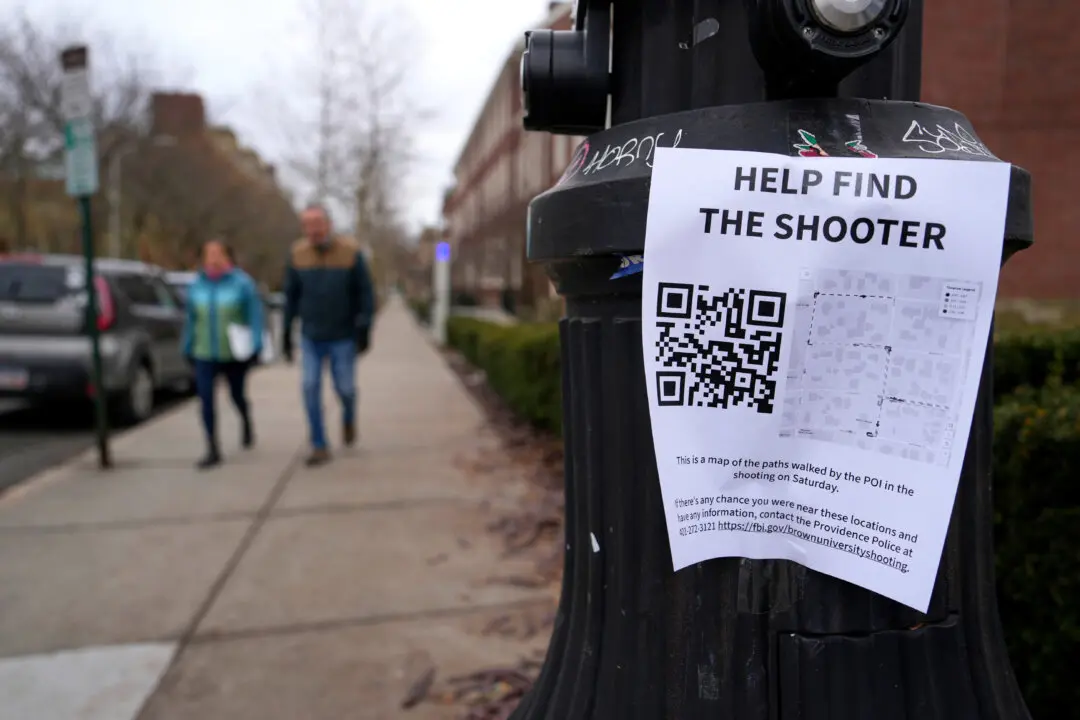CLAYMONT, Del.—People print all kinds of things at the library—resumes, book reports, even business plans.
Colin Consavage, age 10, printed himself a hand.
Colin was born with his left hand in a fist—the result of amniotic banding that kept one hand stunted. He used a 3-D printer at the Wilmington Public Library to make himself a mechanical replacement.
One of the best things about the prosthetic hand—which is almost the size of his father’s—is that it’s bigger than his right hand, Colin said. “For nine years of my life, this hand has been smaller,” he said, opening his eyes wide and clamping the clutches of the prosthetic around his right hand. “Mwah haw haw haw—it’s payback time,” he said.
That 3-D printer is one of several in libraries across Delaware—a new addition to the “innovation spaces,” which evolved from job-placement centers that were created with federal stimulus money after the recession.
“Libraries are all about information,” said Renee O'Donnell, the librarian who helped Colin print his hand. And, she said, 3-D printers are the newest way of communicating information—they give people a way to communicate new ideas and inventions.







